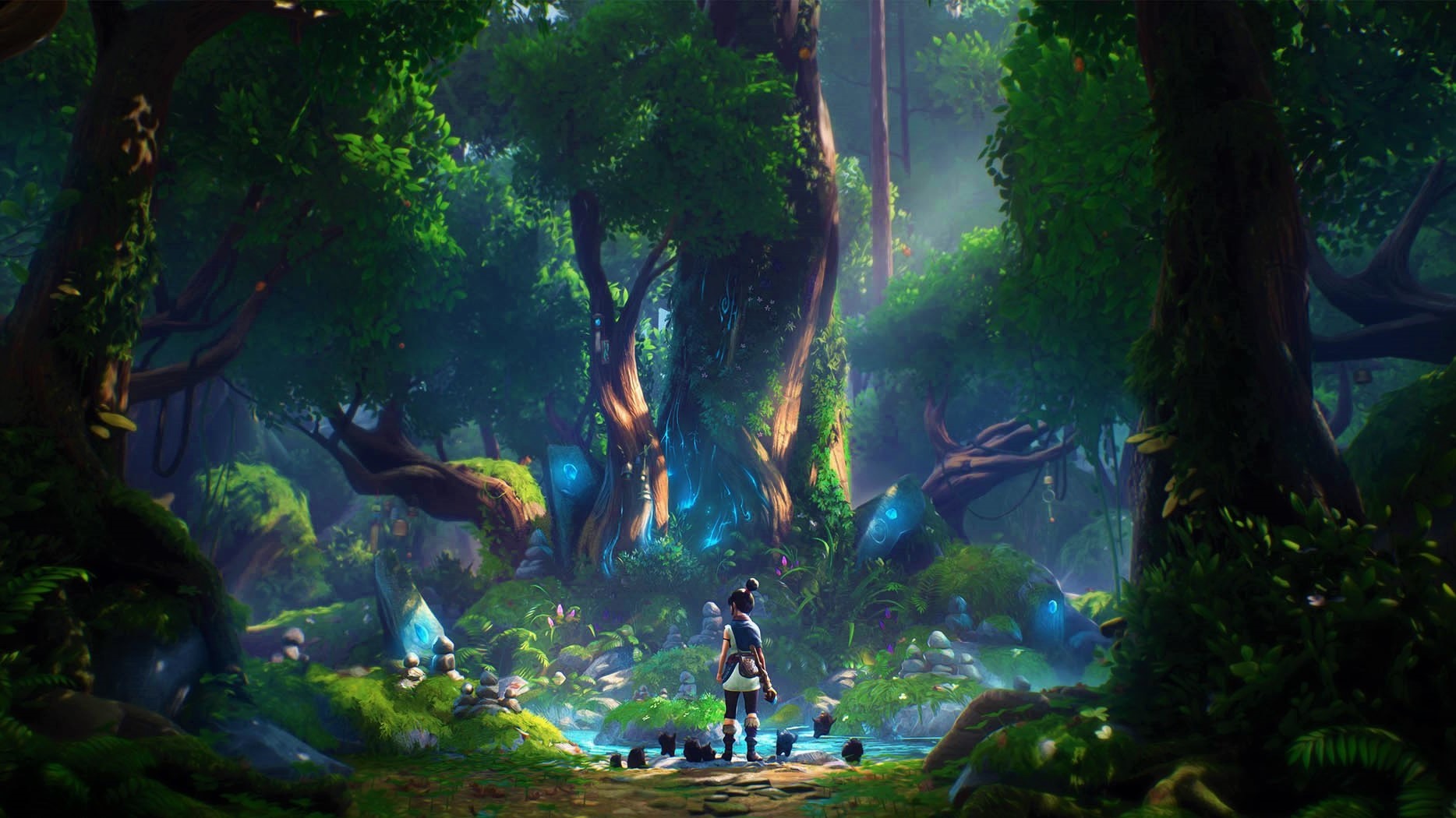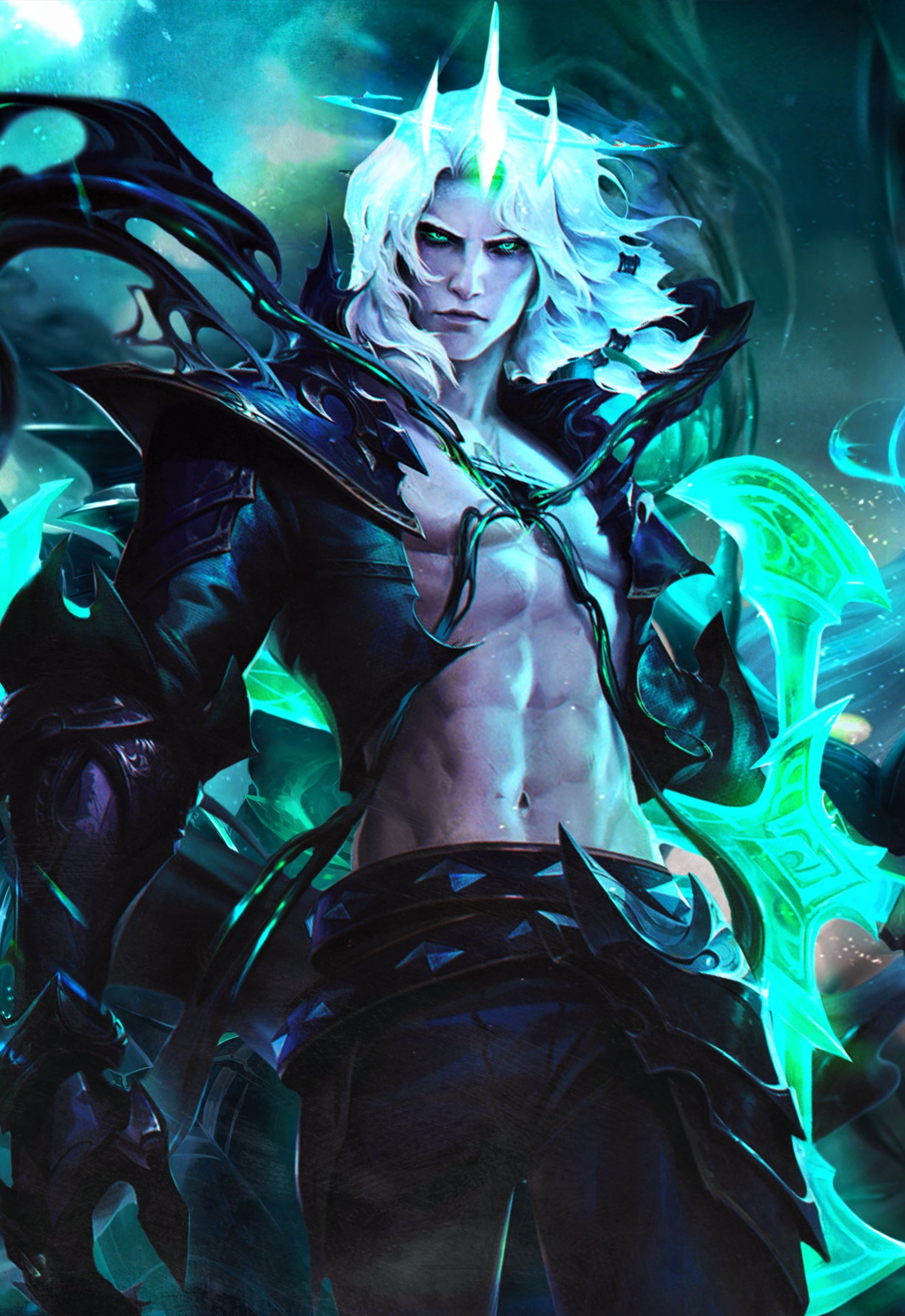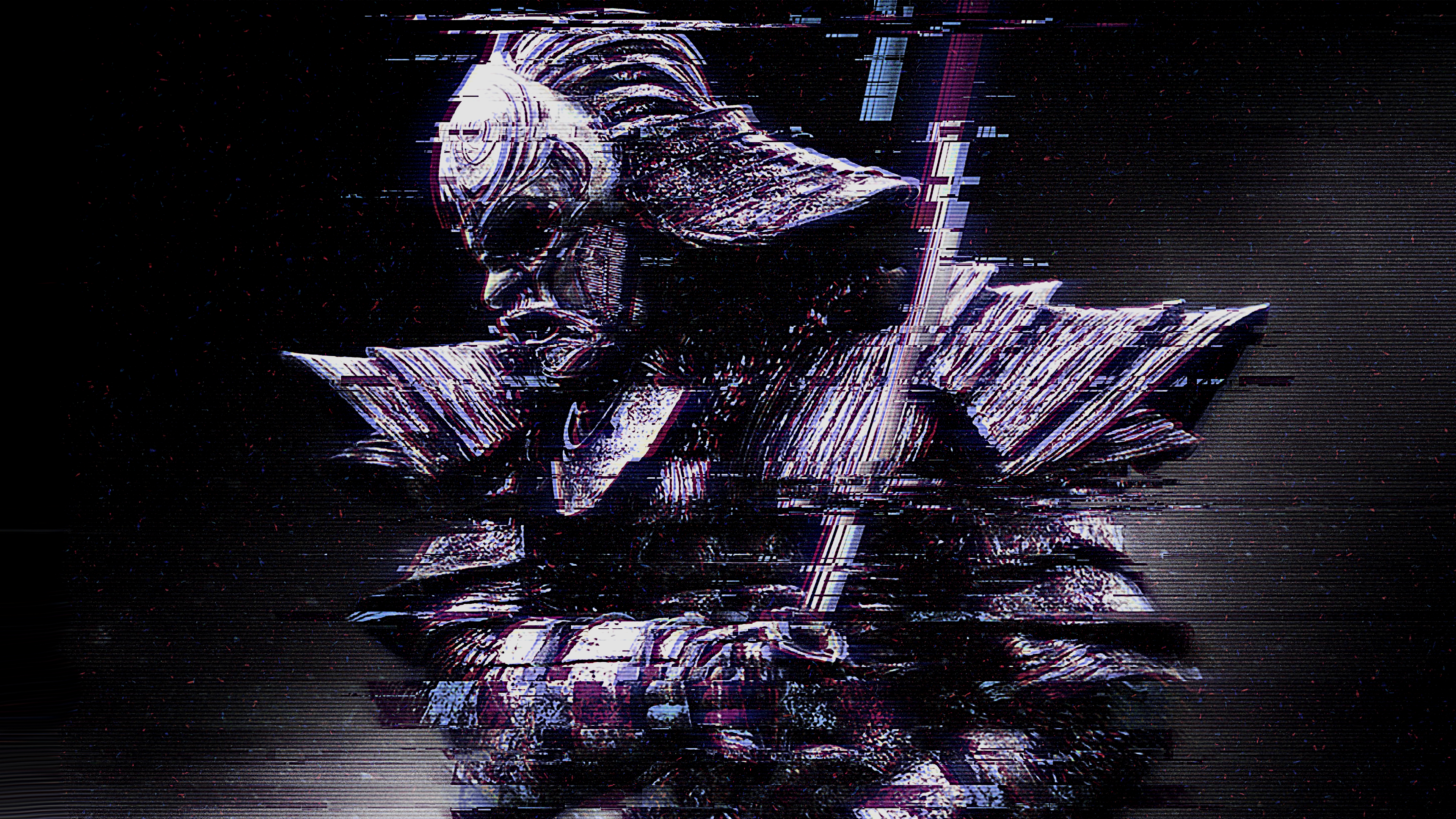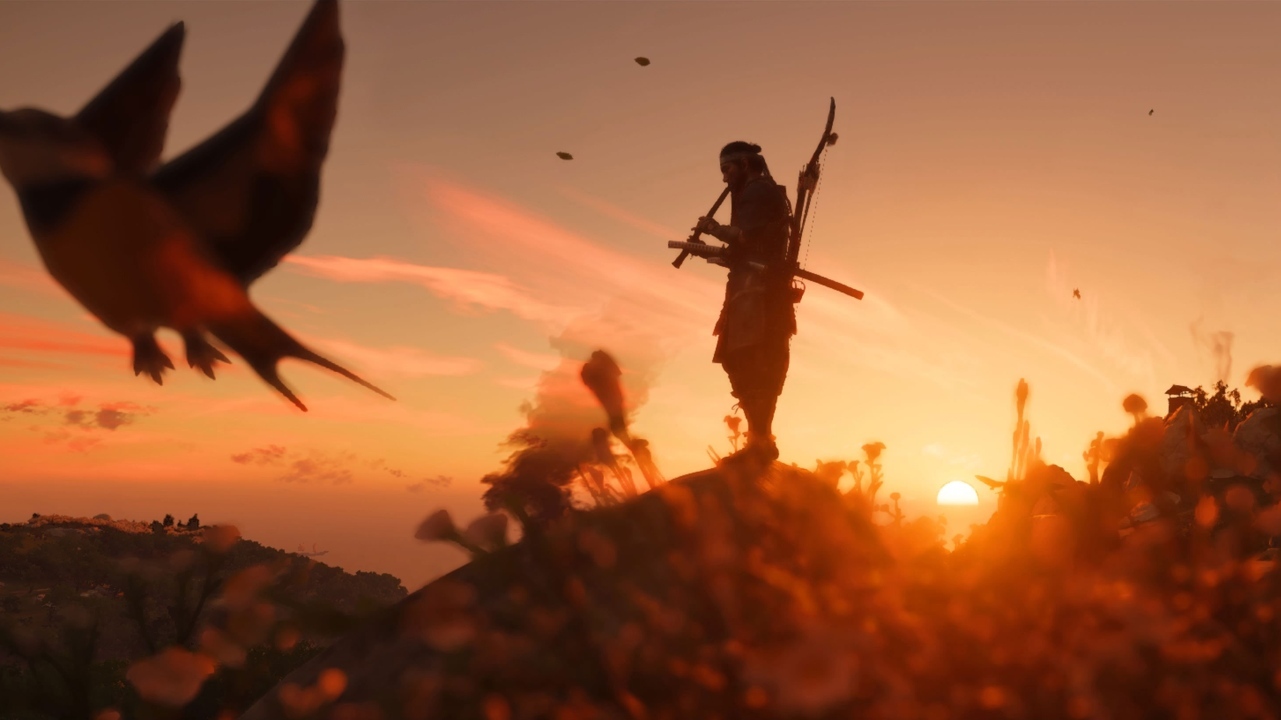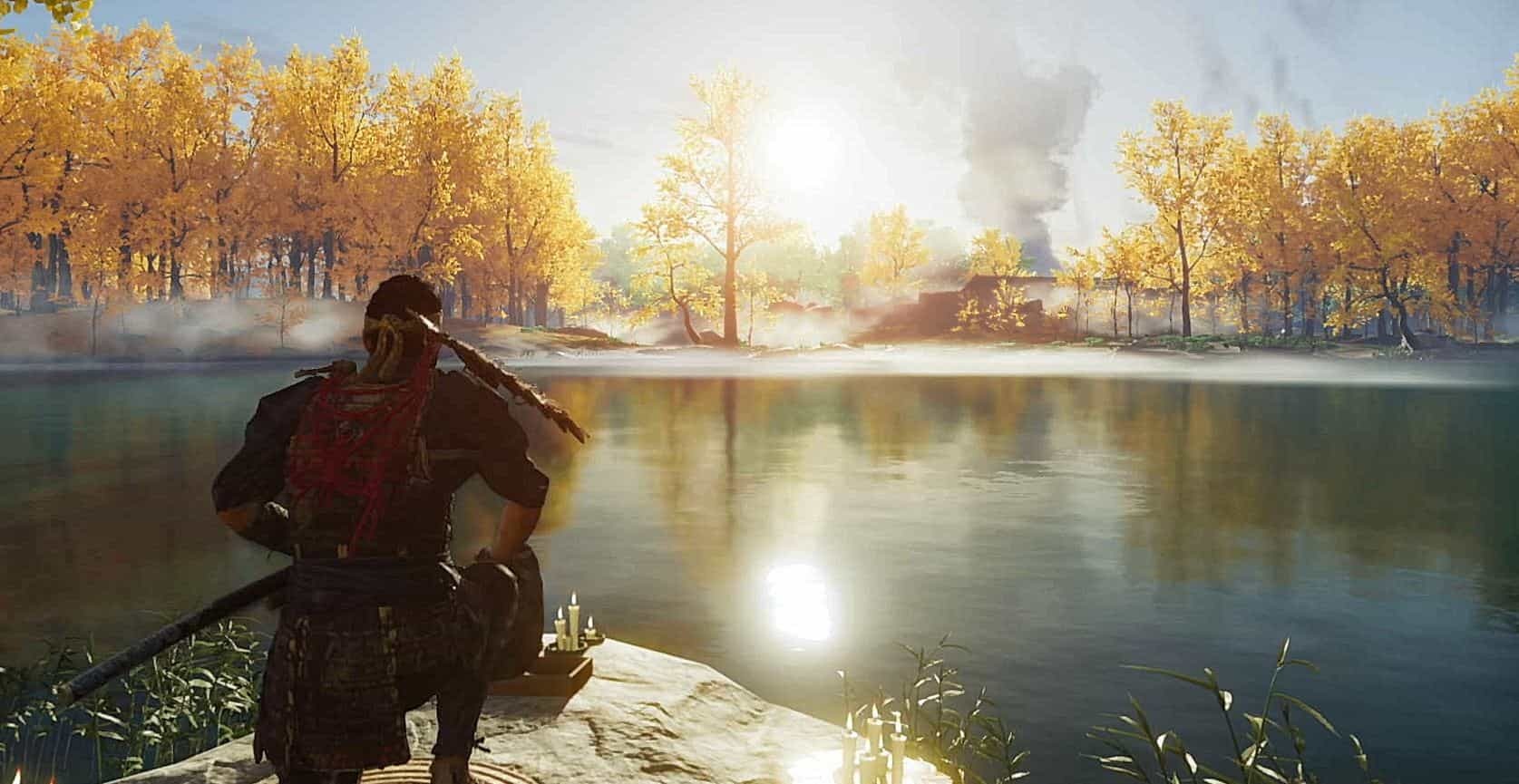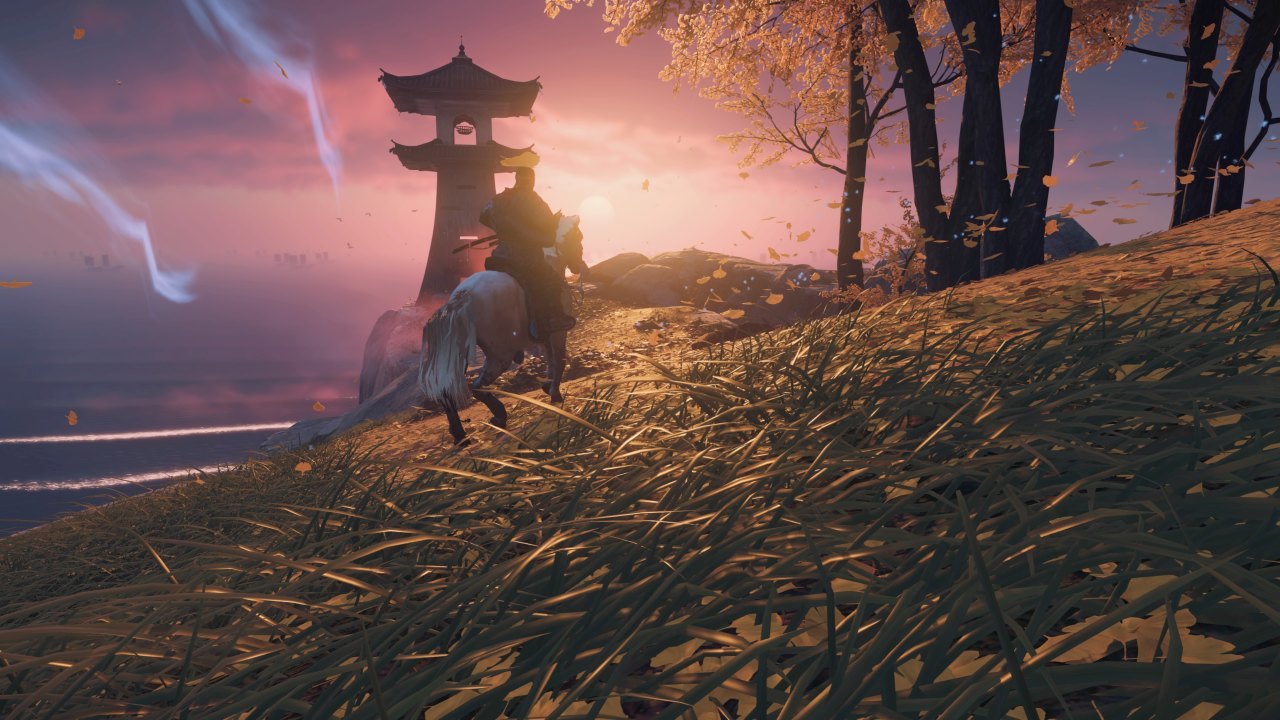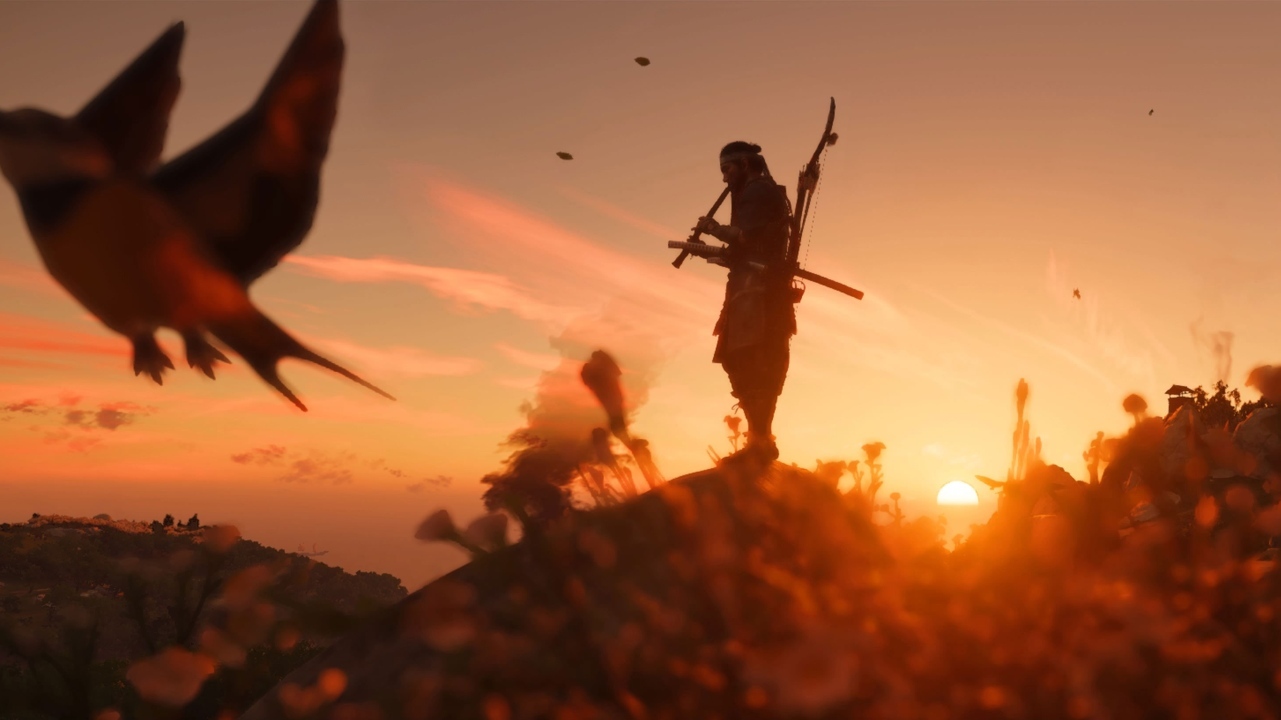
Ghost of Tsushima, the open-world action game, is the last major exclusive title for PlayStation 4, and the long wait for the samurai adventure was well worth it, as we've never played feudal Japan in such an authentic way before, as our Ghost of Tsushima review proves.
The superhero game inFAMOUS: Second Son by developer Sucker Punch was one of the first exclusive highlights for PS4 about six years ago. Now it is precisely the same studio that is bringing the glorious era of the Sony console to a close with the samurai action game - Ghost of Tsushima. It is truly a crowning achievement for the whole team behind it as Ghost of Tsushima is easily the best game to come out in July 2020.
Ghost of Tsushima PC Port: Sony, The Time Has Come!
Ghost of Tsushima: Welcome to the island
With the Sly Cooper and inFAMOUS series, developer Sucker Punch Productions has given us a number of astounding PlayStation exclusive titles over the past 18 years, spicing up their successful gameplay with a good dose of humor. When they announced the samurai adventure Ghost of Tsushima, it was clear that the game was going in a completely different direction. Instead of brisk sayings and pithy action, the US-American developers tried to create an accurate, calm, and detailed portrayal of the samurai in Japan's 13th century.
A US developer dares to take a look at a samurai story and a tradition that is sacred in Japan? Can it be done well? It can, as Ghost of Tsushima impressively proves.
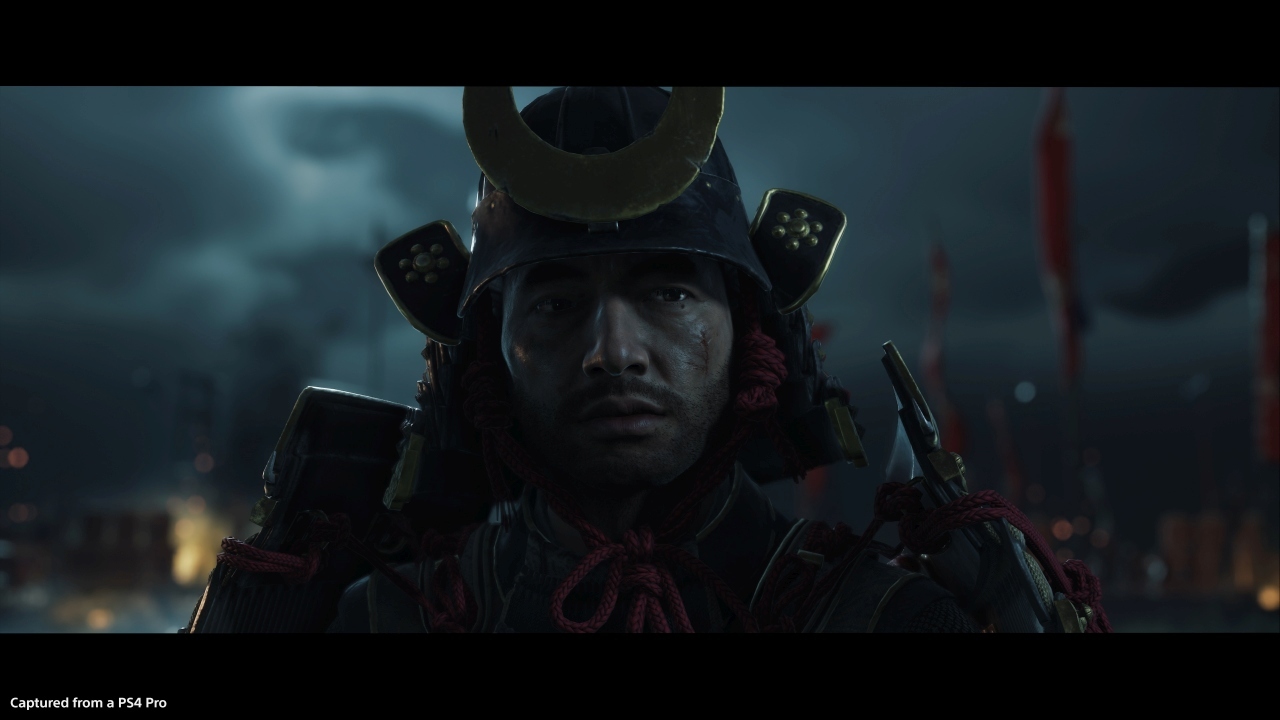
Mongol invasion of Japan
The framework story is quickly told. Ghost of Tsushima is set in the 13th century on the Japanese island of Tsushima. In 1274, the Mongol leader Kublai Khan launched a unique military strike when he sent a huge army of warships towards Japan. The Samurai Game takes place during exactly this Mongol invasion. It begins with 80 brave samurai on the beach of the once idyllic island facing the Mongol superiority. It goes without saying that this undertaking is not necessarily crowned with success.
In a cruel battle, the samurai are almost completely wiped out. Only our hero Jin Sakai and his uncle survive. The Mongol leader Khotun Khan captured our uncle. In the next 30 or so hours of play, it is up to us to free the lord from the clutches of the invaders, reclaim Tsushima Island and save its inhabitants. Not an easy task, but a beautiful and unique one.
- READ MORE: 12 Best PlayStation 4 Exclusive Games
Ghost of Tsushima Review: The way of the samurai
An occupied fortress cannot be taken alone. Therefore, it is necessary to recruit allies during the course of the plot, in order to jointly hold the khan accountable for his deeds. As the story unfolds, we encounter numerous supporters who may join our crusade. From a legendary master archer to an assassin.
Unfortunately, the story and main characters in Ghost of Tsushima remain relatively pale. Perhaps the only weakness of the otherwise outstanding open-world game. Relatively soon we catch ourselves not giving the in-game cutscenes the attention they actually deserve.
However, this doesn't apply to our protagonist, to whom the developers actually gave character. In flashbacks, we witness Jin's training as a samurai. The honorable warriors of Japan lived strictly according to the Bushidō code. Meditation, calmness, respect, and a dignified face-to-face fight were the most important virtues that all samurai lived by.
Alone in the wide-open fields in a fight against an overwhelming amount of enemies you'll have some trouble following these rules. Secret assassinations and similar breaches of the samurai code are a necessary evil. After a while, Jin has to realize that, too. However, this doesn't leave the warrior without remorse. For us, Jin becomes more tangible, though, which makes us feel his story and misery.
- READ MORE: Yone Is The Next LoL Champion
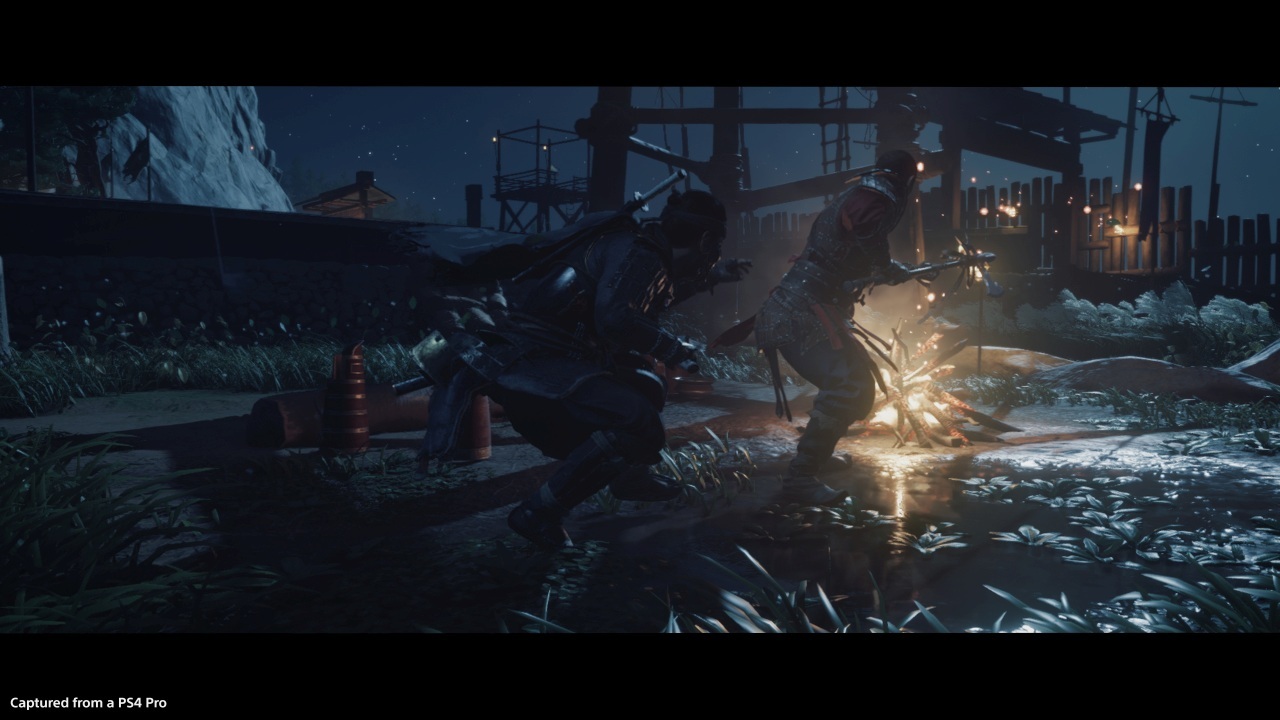
Freedom and tradition
Ghost of Tsushima succeeds in honoring the tradition of feudal Japan while also providing some narrative and gameplay freedom that adds to the fun of the game.
In the open world, we visit shrines to pray at them. We ponder the world on picturesque mountainsides and compose our own haikus. We pet foxes, collect bamboo, and other raw materials to improve our equipment, or we simply bathe in a hot spring to recharge. Yes, Ghost of Tsushima uses common genre standards for character development and main or side missions. Somehow we've seen all the quests in a similar form before, but we've never seen them so atmospheric, beautiful, and captivating in any other open-world game.
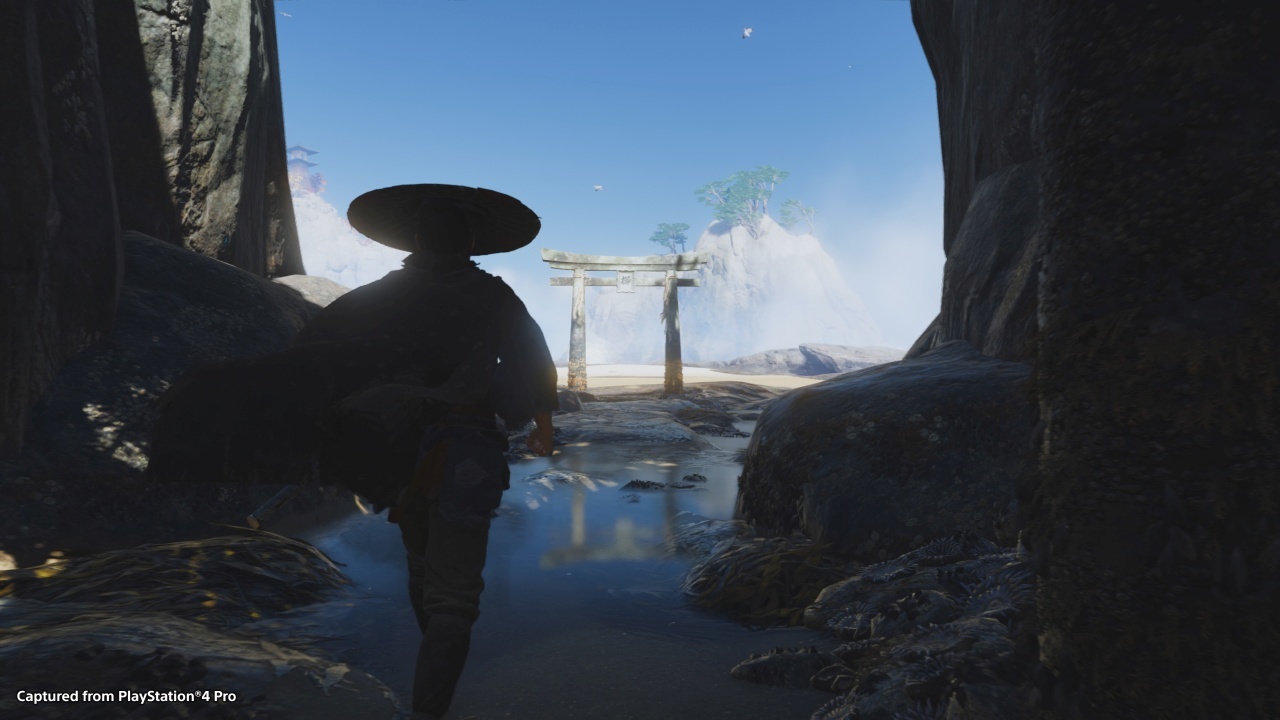
The enemy AI or texture quality can't quite keep up with the big names, and even with the low-variation settlements, character models and forts, it quickly becomes clear that Sucker Punch doesn't have the budget of The Last of Us 2 or Assassin's Creed: Valhalla, but that's not bad at all.
The intense combat system - no matter if it's an honorable duel (reminiscent of the Wild West) or a sneak attack - is simply terrific. It hits exactly the right mixture of demand and accessibility. We parry enemy attacks at the right moment and strike back directly. Blocks and evasive maneuvers are a requirement if you want to stay alive. Ghost of Tsushima plays itself even on the lowest of the three difficulty levels sometimes quite crisply. At least until we have unlocked some helpful upgrades or significantly extended our life bar. But don't worry: at no time the game will be as merciless as a Sekiro or Dark Souls.
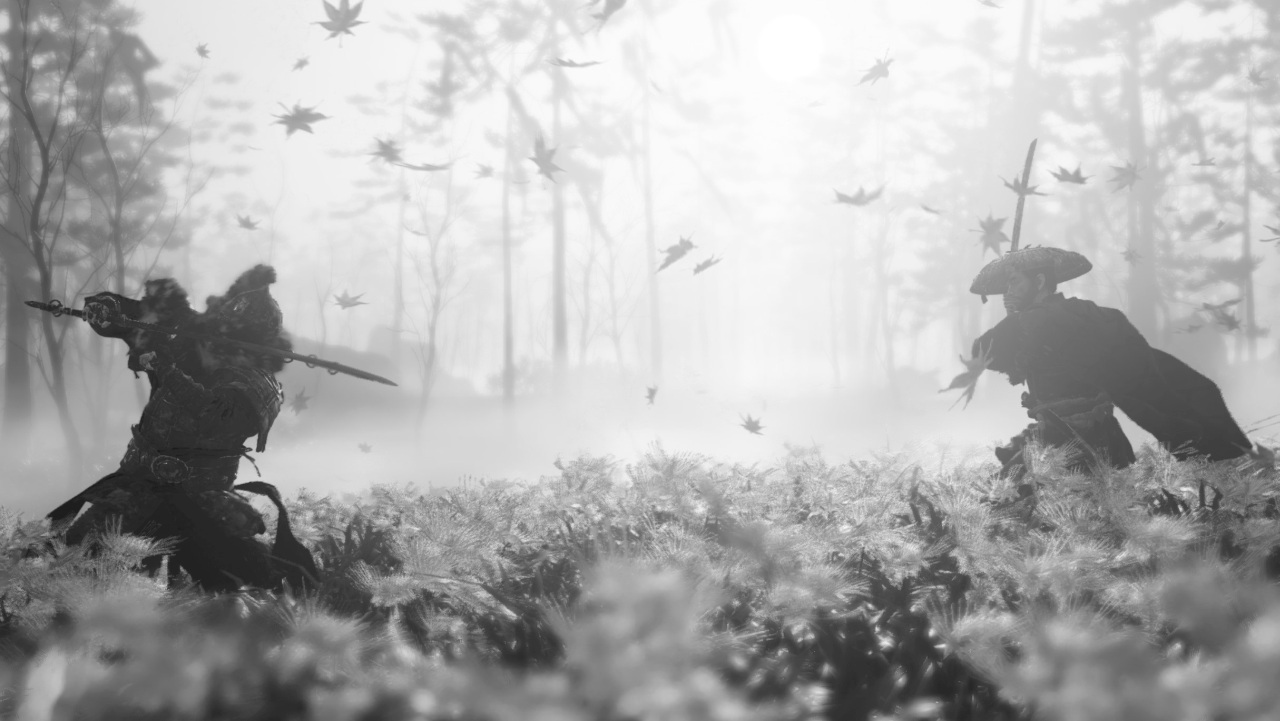
Ghost of Tsushima: a beautiful work of art
From a gameplay perspective, there is hardly anything to criticize about Ghost of Tsushima. Even the technical inconsistencies are still manageable. Although it doesn't reach the graphic quality of a God of War or The Last of Us 2, the samurai game is one of the most beautiful games on the PS4. That's because the title does not emulate photorealism, but consciously opts for an artistic and aesthetic approach.
The graphics and atmosphere are so breathtaking that we have to pause every minute and start the extensive photo mode to capture the scene. It's only fitting that Ghost of Tsushima has the best photo mode we've ever seen in a game. Every detail can be adjusted. From wind force and direction to time and weather, to various graphic effects. By the way, the game can also be experienced completely in black and white if desired. The Kurosawa mode (named after the legendary Japanese director Akira Kurosawa) lets legendary samurai film classics shine in new splendor on the PlayStation 4. A very nice detail on the side.
But let's get back to the technology and atmosphere. It's really something impressive. When the mist wafts over the ground in the golden forest, the morning sun rises over the treetops and the leaves of the Japanese maple trees dance in the wind, then you'll truly appreciate it.
In conclusion
Ghost of Tsushima is one of the most beautiful and atmospheric games we have ever played. Anyone who's a big fan of Japan, samurai or both should definitely try the title. The developers have implemented the traditions, mythology, and values of the far eastern culture so accurately.
The open game world is visually stunning, the tasks are varied and the intense battles are epic. The only obvious flaw in the game comes in terms of story and mission design. As we've already mentioned it also can't quite compare with some of the biggest triple-A titles, but that's not necessarily a bad thing. What remains in the end, however, is perhaps the most picturesque game in years and an outstanding open-world adventure that will remain in your for a long time. It's a fitting end for the PS4 era that every console owner must try.
More articles from the world of gaming and esports can be found on EarlyGame. Take a look at what Ubisoft Forward presented and check out what to expect from the PS5 DualSense controller.


